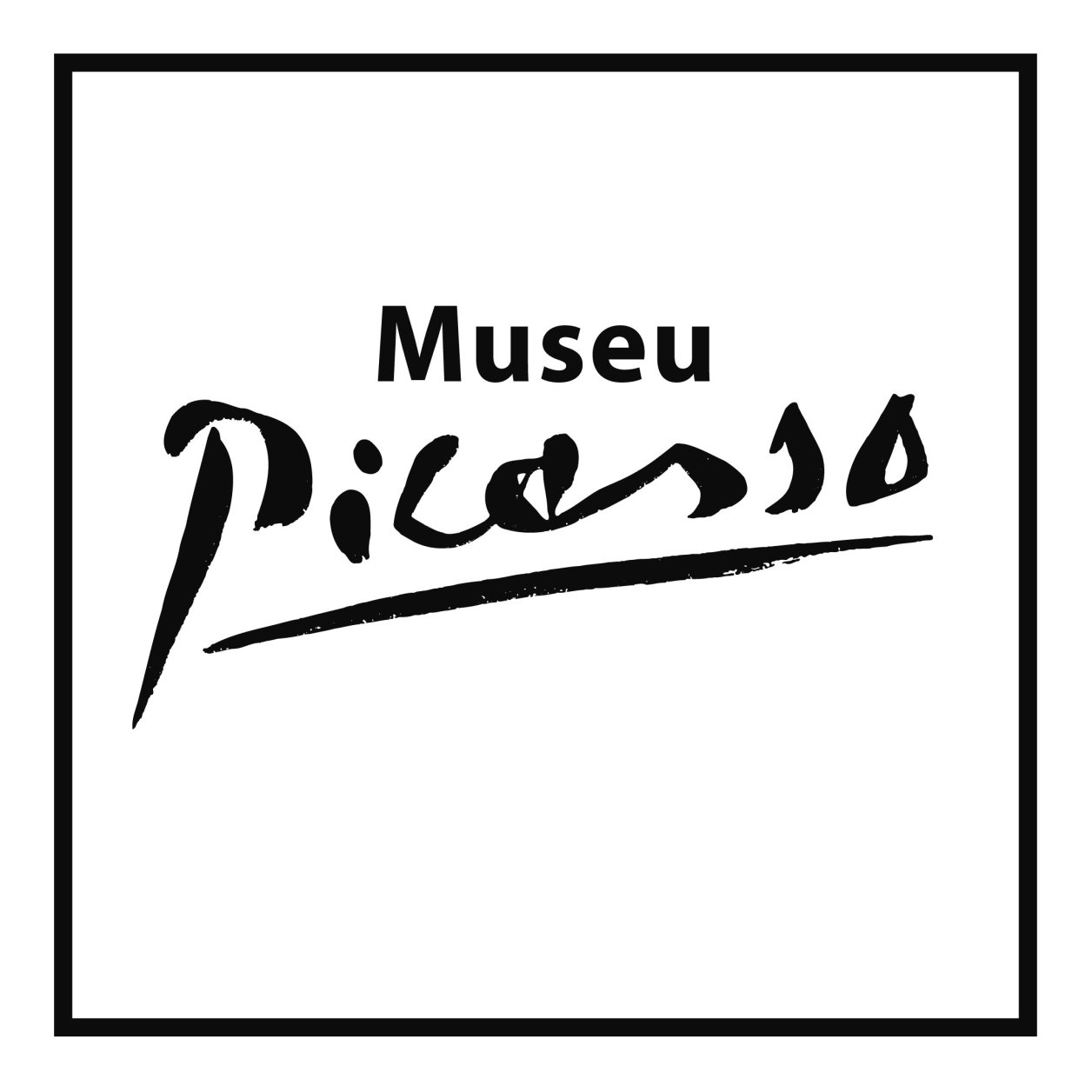- Ajuntament de Barcelona
- Institut de Cultura de Barcelona
The Rhetoric of Picasso Matthew R. Sharp
Material type: TextLanguage: Anglès Publication details: Little Rock (Arkansas, EUA): [l'autor] 2007 Description: VI, 69 pSubject(s): Picasso, Pablo Ruiz, 1881-1973 | 2007 | Guernica (1937) | Guerra Civil Espanyola | Retòrica | Tesis i dissertacions acadèmiques | University of Arkansas at Little Rock (EUA) | 2007 | Art i Pàtria (Barcelona) | Guernica (1937) | Guerra Civil Española | Picasso, Pablo Ruiz (1881-1973) | Retórica | Tesis y disertaciones académicas | University of Arkansas at Little Rock (USA)Summary: Pablo Picasso was arguably the most famous and controversial artist of the twentieth century, and some of his most famous pieces were created during the Spanish Civil War (1936-1939) in response to the horrible atrocities taking place in his homeland. "The Rhetoric of Picasso" by Matthew R. Sharp, filed December 2007, examines some of these works -- including paintings such as Guernica and Weeping Woman -- and theorizes their rhetorical force, using speech act theory as the theoretical lens. Based on common images and themes in Picasso's symbolism, it is determined that Picasso's works during the Spanish Civil War are expressive speech acts of his feelings of sadness, pain, and anger; directive speech acts to convince his audience to take note of Spain in her time of need; and assertive speech acts about the atrocity of war, the sanctity of human life, and hope for the future.
TextLanguage: Anglès Publication details: Little Rock (Arkansas, EUA): [l'autor] 2007 Description: VI, 69 pSubject(s): Picasso, Pablo Ruiz, 1881-1973 | 2007 | Guernica (1937) | Guerra Civil Espanyola | Retòrica | Tesis i dissertacions acadèmiques | University of Arkansas at Little Rock (EUA) | 2007 | Art i Pàtria (Barcelona) | Guernica (1937) | Guerra Civil Española | Picasso, Pablo Ruiz (1881-1973) | Retórica | Tesis y disertaciones académicas | University of Arkansas at Little Rock (USA)Summary: Pablo Picasso was arguably the most famous and controversial artist of the twentieth century, and some of his most famous pieces were created during the Spanish Civil War (1936-1939) in response to the horrible atrocities taking place in his homeland. "The Rhetoric of Picasso" by Matthew R. Sharp, filed December 2007, examines some of these works -- including paintings such as Guernica and Weeping Woman -- and theorizes their rhetorical force, using speech act theory as the theoretical lens. Based on common images and themes in Picasso's symbolism, it is determined that Picasso's works during the Spanish Civil War are expressive speech acts of his feelings of sadness, pain, and anger; directive speech acts to convince his audience to take note of Spain in her time of need; and assertive speech acts about the atrocity of war, the sanctity of human life, and hope for the future.
| Item type | Current library | Call number | Status | Date due | Barcode |
|---|---|---|---|---|---|
| Monografia | Biblioteca Museu Picasso | Available | 1447313.pdf |
Browsing Biblioteca Museu Picasso shelves Close shelf browser (Hides shelf browser)
Treball presentat a la Graduate School, University of Arkansas at Little Rock (UALR), per obtenir el títol de Master of Arts in Professional and Technical Writting, del Department of Rethoric and Writing of the College of Arts, Humanities, and Social Sciences (UALR)
Treball no publicat; no es pot reproduir sense citar-ne la font
Pablo Picasso was arguably the most famous and controversial artist of the twentieth century, and some of his most famous pieces were created during the Spanish Civil War (1936-1939) in response to the horrible atrocities taking place in his homeland. "The Rhetoric of Picasso" by Matthew R. Sharp, filed December 2007, examines some of these works -- including paintings such as Guernica and Weeping Woman -- and theorizes their rhetorical force, using speech act theory as the theoretical lens. Based on common images and themes in Picasso's symbolism, it is determined that Picasso's works during the Spanish Civil War are expressive speech acts of his feelings of sadness, pain, and anger; directive speech acts to convince his audience to take note of Spain in her time of need; and assertive speech acts about the atrocity of war, the sanctity of human life, and hope for the future.
Compra UMI

There are no comments on this title.